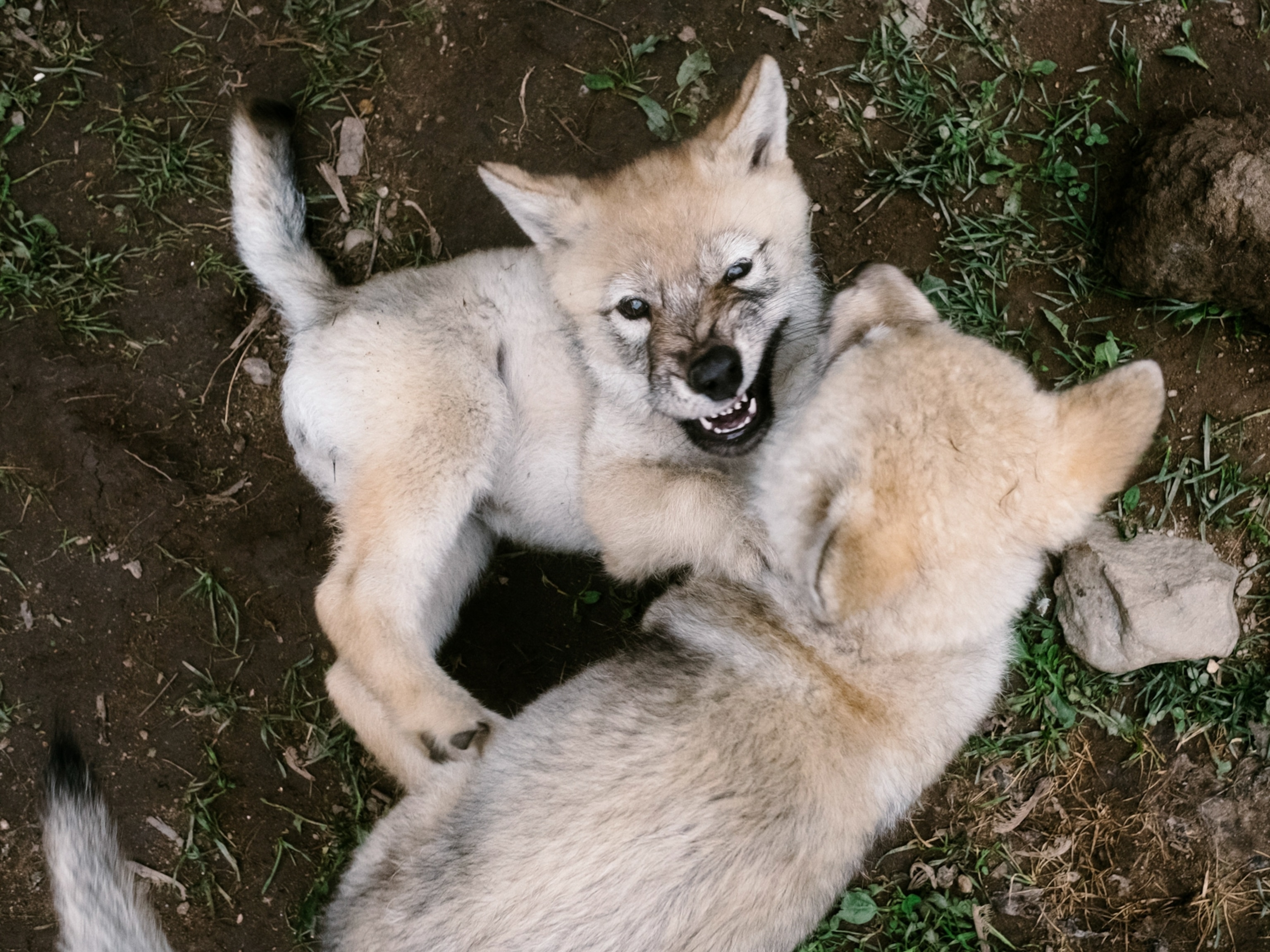
Behind the Cover: Martin Schoeller Photographs an Amazon Tribe
A young Kayapo girl represents her tribe on National Geographic magazine's January cover.
Her face is painted, the crown of her head shaved, and her eyelashes and brows plucked in the traditional manner of her Amazon tribe. That tribe, the Kayapo, is the subject of the January National Geographic cover story. The girl with the direct gaze personifies the tribe's determination to defend their culture and their homeland.
But the child on the cover is not just a symbol. She is a little girl of about four named Nhiaka-e, and she lives in Kendjam, one of three villages in northern Brazil that photographer Martin Schoeller visited to document the story. "She was shy," says Schoeller, who spent roughly ten days in Kendjam, "but she was always checking me out to see what I was up to."
To take Nhiaka-e's portrait, as well as those of other Kendjam residents, Schoeller set up a makeshift studio in the local school and asked the teachers to spread the word that anyone could come to get their picture taken. He estimates that about 80 percent of the village showed up. "We were the entertainment," he said, "with our big lights and the monitor where they could see the pictures."
Nhiaka-e didn't seem nervous about posing. "What I love about Nhiaka-e is that she looks so proud," says Schoeller. "She has a great sense of attitude."
Faces rarely appear on National Geographic magazine covers, says creative director Bill Marr. "When you think of the newsstand market, nearly all other magazines are selling their issues with the familiar faces of celebrities," he says. "The faces of the Kayapo are not familiar-they are exotic. And we hope readers will react positively to them."
Schoeller himself is a celebrity photographer with a portfolio that reads like a who's who of the bright and beautiful. But his favorite kind of work is to document indigenous cultures. "I don't watch that many movies, I don't watch TV, and I've only liked a little bit of the music by the musicians I've photographed," he says. "I'm way more interested in people who haven't been photographed much." His previous work for National Geographic magazine has included stories on multiracial Americans, twins, and the Hadza, an African tribe.
Two of Schoeller's favorite people from Kendjam are featured on the cover of the iPad edition: Ynhire, a Kayapo warrior, and Pukatire, the village chief. "Pukatire was really on our side," he says. "I spent a lot of time with him, which signaled to the rest of the tribe that we were okay."
When Schoeller wasn't with Pukatire, he was following Ynhire around. Unlike other tribal members, the energetic warrior didn't wear a T-shirt-but he would don sneakers for a pickup soccer game after a long day of hunting.
Despite modern incursions like sneakers and soccer balls, says Schoeller, "these people are fine without us." For this story about the Kayapo isn't the familiar sad tale of an indigenous people facing extinction from the forces of modernity, but the surprising story of a powerful tribe holding its ground. Or as the cover line puts it, the Kayapo are "taking on the modern world. And winning."
Follow Rachel Hartigan Shea on Twitter.





